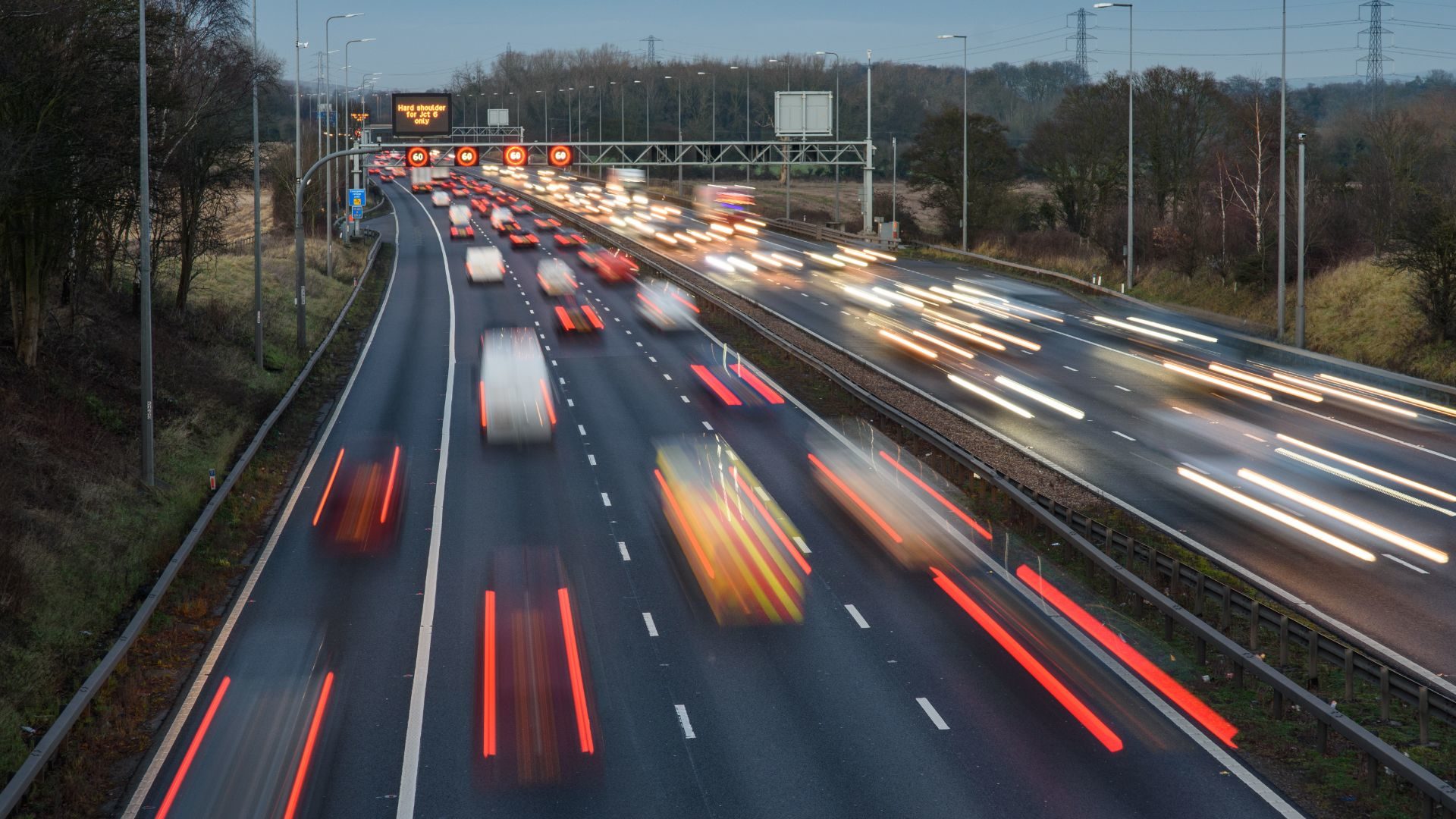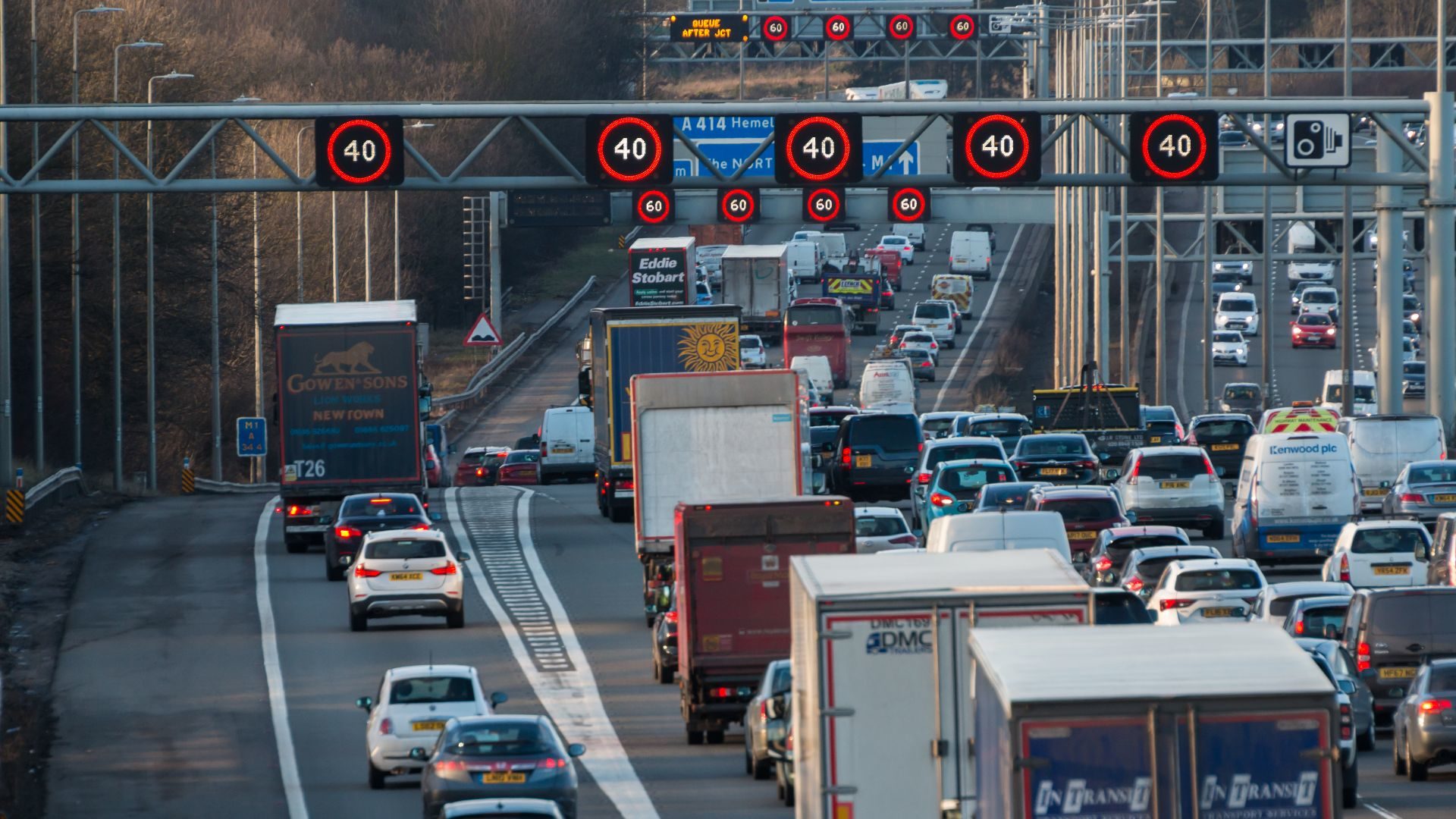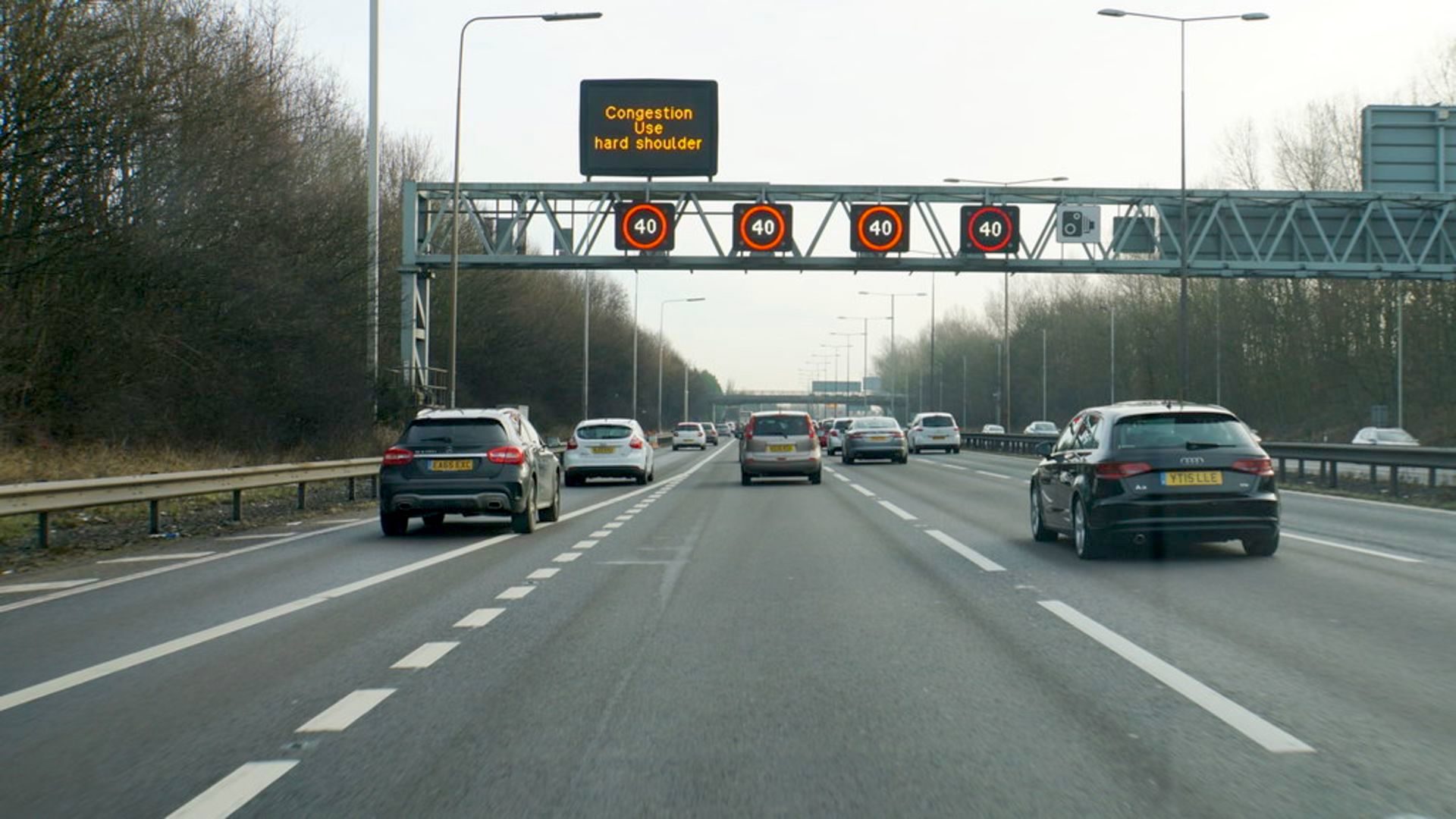
Almost three-quarters of UK drivers deliberately avoid using the hard shoulder on smart motorways.
A survey of 2,000 adults by Kwik Fit found 73 percent don’t drive on the hard shoulder (inside lane) of a smart motorway, even when signs show it as open for traffic.
This makes for a substantial increase from the 56 percent of drivers who answered the same when surveyed in 2019.
Scrap smart motorways, say drivers

Drivers’ main fear about using the hard shoulder is colliding with a stationary vehicle up ahead. A total of 31 percent cited this as a concern, with 30 percent saying they do not believe smart motorways are safe.
Only five percent of respondents thought smart motorways are safer than traditional motorways. This follows an announcement that the government will pause the introduction of any new smart motorways for five years.
Some 22 percent of motorists believed pausing the rollout is sensible, given the ongoing safety concerns. However, more than a third (36 percent) said that rather than being paused, smart motorways should be scrapped altogether.
Six percent also thought smart motorways were dangerous, but that the reduced congestion justified the risk.
Better understanding, but confusion remains

The Kwik Fit survey did highlight that drivers feel slightly more confident about the signage used on smart motorways.
In 2019, 29 percent of drivers said they were uncertain on the signs that explained how to use a smart motorway. This has now fallen to 22 percent, but around one in five motorists is still unsure.
Roger Griggs, communications director at Kwik Fit, said: “Smart motorways have been a huge topic of debate and it is absolutely correct for the government to pause their development to both gather data and ensure that the UK’s motorways are as safe as possible.
“It is clear that many drivers are yet to be convinced about the safety of smart motorways and therefore there must be clear transparency about all the data being gathered and the evidence on which future decisions are based.”
ALSO READ:
More provisional drivers caught without insurance, reveals DVLA
I also have zero confidence in National Highways’ ability to detect gantry variable speed sign setting errors and faults. Nor do I believe there would be any inclination or even the resource for them to intervene when potentially hundreds of drivers are misled into speeding through camera traps that still trigger at previous speed settings and which start entirely automated police enforcement action. Millions in lucrative fines are at stake. I do not believe there to be any fail-safe or real time error or fault detection to prevent potentially thousands of systemic miscarriages of justice over the years of operation. Drivers will just assume they missed a sign and plead guilty. This needs researching and exposing if it’s the case.
Having experienced a near miss in Lane 1 / the hard shoulder, I avoid the lane now. I also have no confidence in overhead gantry signage; they are often not on (even for confirmation) and when illuminated, give insufficient information.
The sooner we revert to clear hard shoulders for emergencies and additional access, the better.
I won’t even drive, or be a passenger on a motorway any more – I don’t think we should refer to lane 1 as a hard shoulder either.
Driving on a modern smart motorway isn’t very smart at all. Everybody knows they are unacceptably dangerous and the authorities that have foisted this lunacy on the U.K. population are simply in denial. The camera traps amount to little more than automated deception on the part of National Highways, falsely triggering speed traps and (as recently documented on the M25) failing to activate at all following a vehicle breakdown. Yet, we keep hearing lame excuses and pathetic soundbites… designed to appease a public that the individuals behind this absolute fiasco are taking for fools.